The High Yield Bonds Market is characterized by a dynamic competitive landscape, driven by a confluence of factors including interest rate fluctuations, investor appetite for yield, and the evolving credit landscape. Major players such as BlackRock (US), Vanguard Group (US), and PIMCO (US) are strategically positioned to leverage these dynamics. BlackRock (US) emphasizes innovation through its advanced analytics and risk management tools, while Vanguard Group (US) focuses on cost efficiency and investor education to attract a broader client base. PIMCO (US), on the other hand, is known for its active management strategies, which allow it to navigate market volatility effectively. Collectively, these strategies not only enhance their market presence but also shape the competitive environment by setting benchmarks for performance and service delivery.
In terms of business tactics, firms are increasingly localizing their operations and optimizing supply chains to respond swiftly to market changes. The High Yield Bonds Market appears moderately fragmented, with a mix of large institutional players and smaller boutique firms. This structure allows for a diverse range of investment strategies, although the influence of key players remains substantial, as they often dictate market trends and investor expectations.
In September 2025, BlackRock (US) announced a strategic partnership with a leading fintech firm to enhance its digital investment platform. This move is significant as it reflects BlackRock's commitment to integrating technology into its investment processes, potentially improving client engagement and operational efficiency. By leveraging advanced analytics and AI, BlackRock aims to provide more personalized investment solutions, thereby reinforcing its competitive edge in the high yield space.
In August 2025, Vanguard Group (US) launched a new suite of high yield bond funds designed to cater to retail investors seeking higher returns. This initiative underscores Vanguard's strategy to democratize access to high yield investments, aligning with its broader mission of providing low-cost investment options. By expanding its product offerings, Vanguard not only enhances its market share but also positions itself as a leader in investor education and accessibility.
In July 2025, PIMCO (US) expanded its global footprint by opening a new office in Asia, aimed at tapping into the growing demand for high yield bonds in emerging markets. This strategic expansion is indicative of PIMCO's proactive approach to capturing new opportunities and diversifying its investment portfolio. By establishing a presence in Asia, PIMCO is likely to benefit from the region's increasing capital inflows and investor interest in high yield assets.
As of October 2025, the High Yield Bonds Market is witnessing trends such as digitalization, sustainability, and the integration of AI technologies. These trends are reshaping competitive dynamics, with firms increasingly forming strategic alliances to enhance their capabilities and market reach. The shift from price-based competition to a focus on innovation, technology, and supply chain reliability is becoming evident. Moving forward, competitive differentiation will likely hinge on the ability to adapt to these trends, with firms that prioritize technological integration and sustainable practices poised to lead the market.
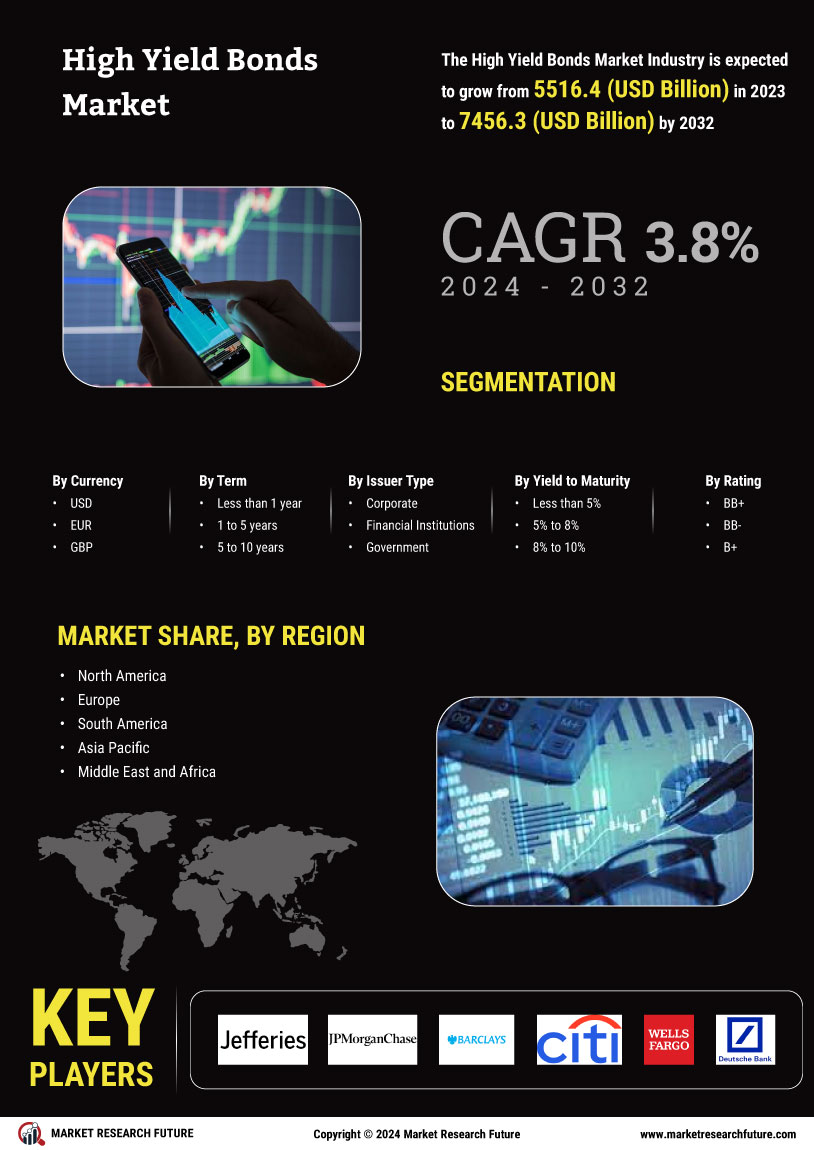

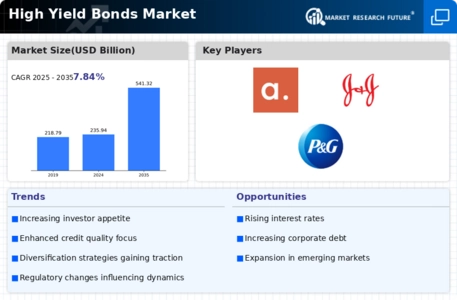
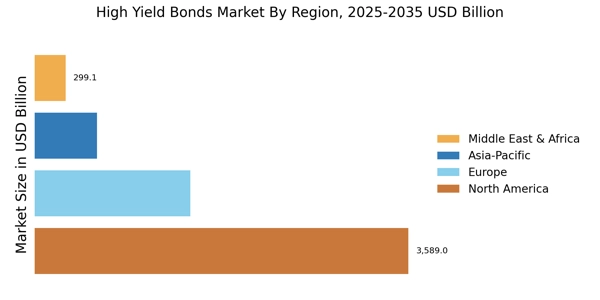
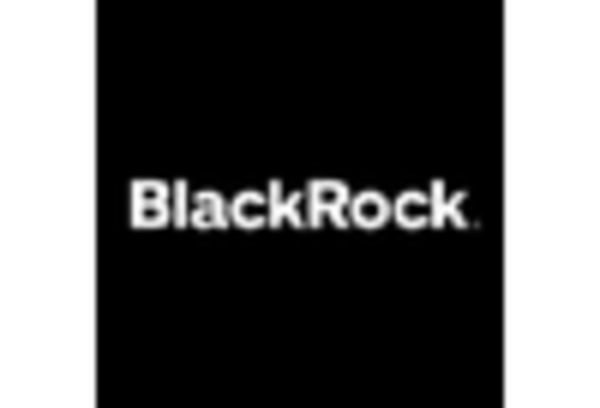
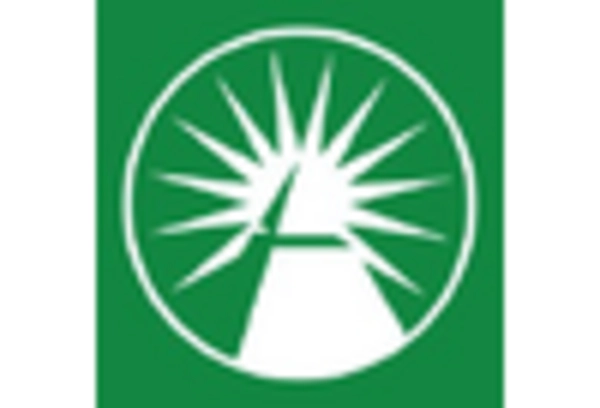
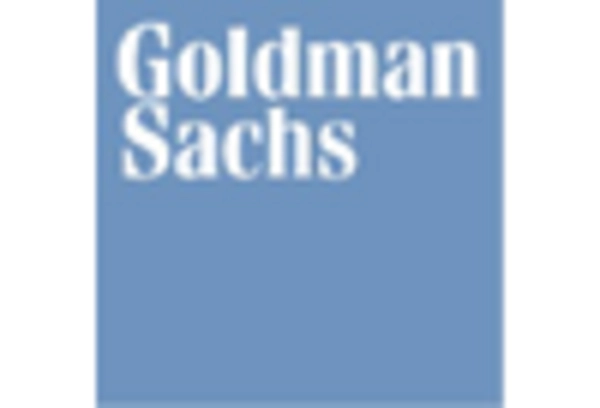
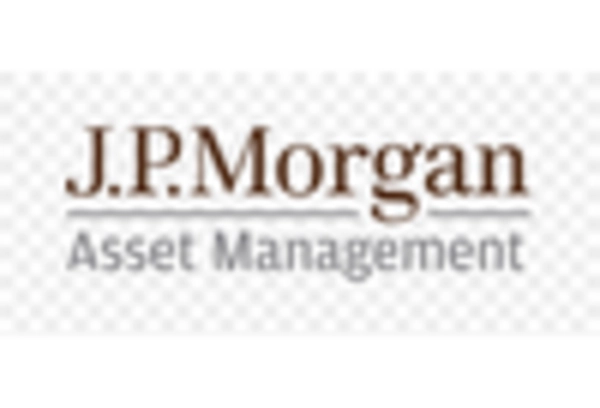
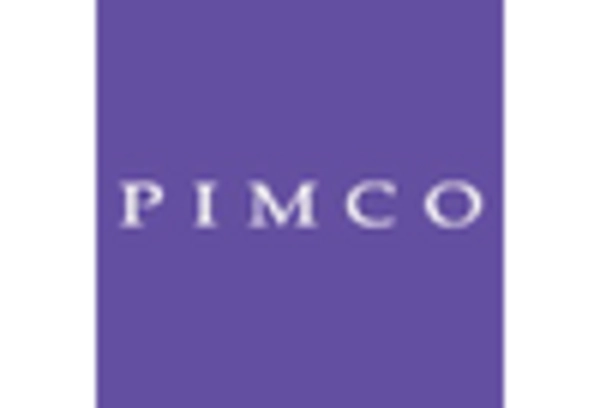
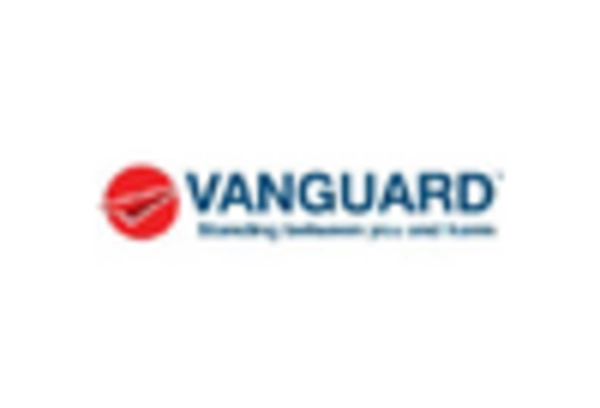








Leave a Comment